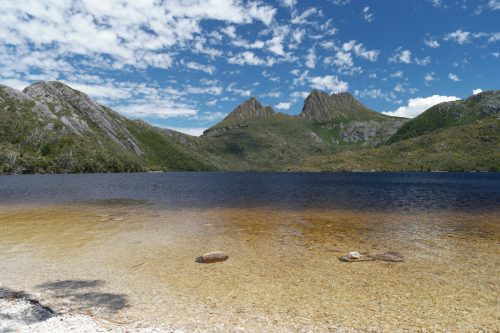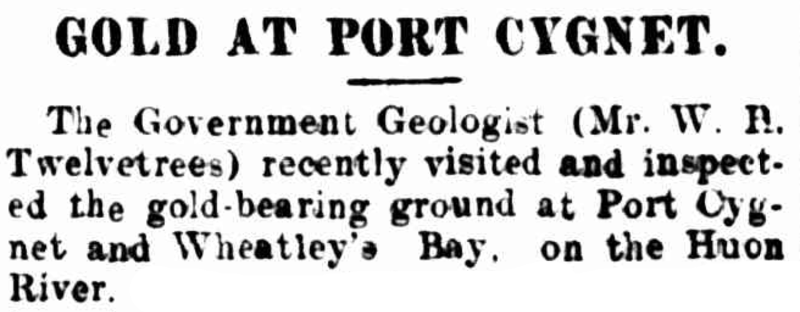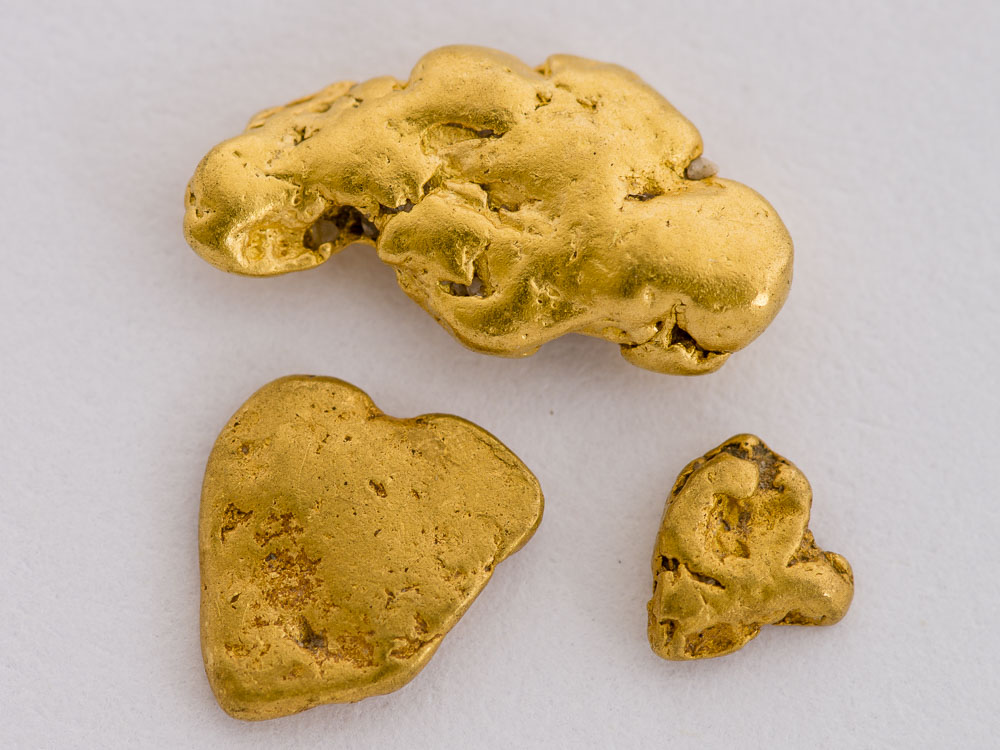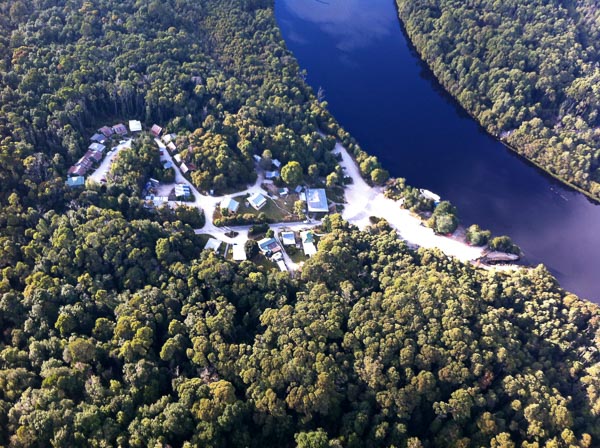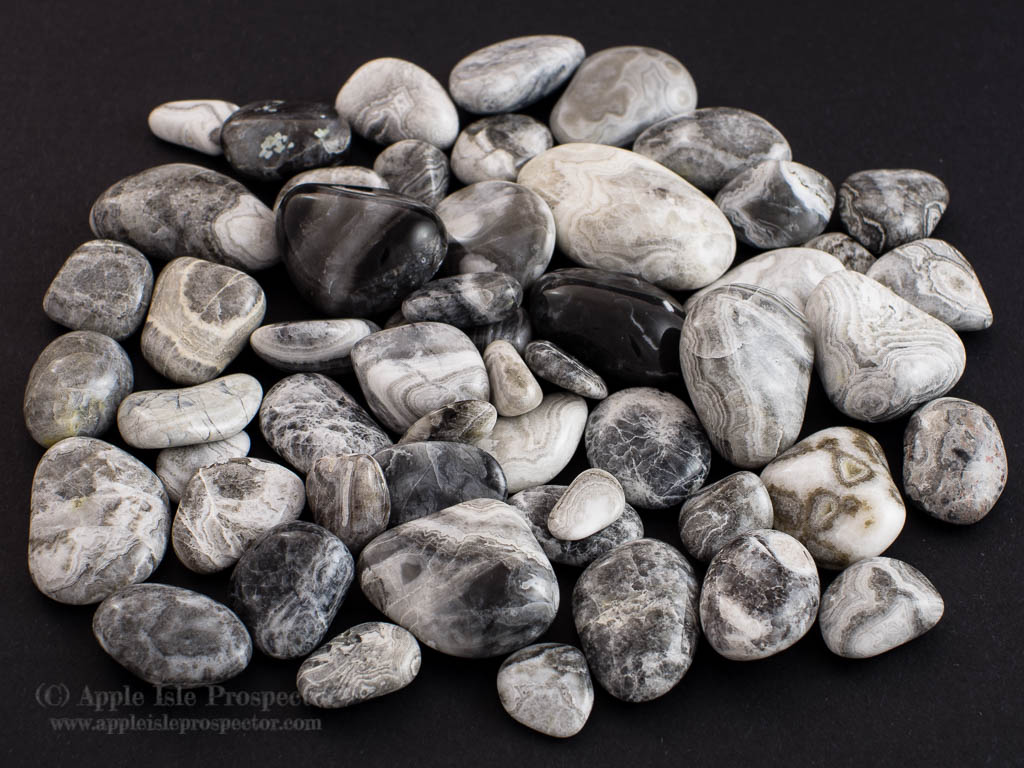Most visitors driving through Moina today are on the way to Cradle Mountain. They would probably be surprised to know that the area, especially Bell Mount, was a bustling alluvial and hard rock mining field in the late 19th and early 20th centuries.
Continue readingPost Category → Where to go
Gold in Cygnet and Southern Tasmania
Most Tasmanian gold is found in either the northeast or the western part of the State. Gold in southern Tasmania is more elusive and harder to find than in the north-east and west of the State. The Cygnet goldfield was the main occurrence, but there were minor finds in other locations as well elsewhere in the Huon Valley.
Continue readingThe Ring River Goldfield
The Rosebery – Zeehan – Dundas area is renowned mainly for its silver-lead, zinc and tin deposits. However, some decent finds of gold were also made. The main gold workings in this part of the west coast were in the Ring River area and Melba Flats. Both of these produced some sizeable nuggets in their day. The Ring River goldfield was home to one of Tasmania’s gold rushes, in 1891.
Continue readingThe Corinna Goldfields
Gold was known in the northwest of Tasmania since at least James (Philosopher) Smith’s discovery in the Forth Valley near the modern-day Lake Cethana dam. None of the workings were on a large scale. It wasn’t until Harry Middleton’s discovery in Corinna in 1879 that the gold rush to the Pieman kicked off. It would eventually lead to the largest gold nugget ever found in Tasmania. Much of the area is still accessible to gold fossickers today.
Continue readingDrip Beach agates
One of the classic locations to fossick in southern Tasmania is Drip Beach, in Lymington, where you can find pebbles of grey lace agate scattered around the beach. Find out where it is, how to find lace agate, and what you can do with it.
Continue readingThe Mathinna goldfield
The Mathinna goldfield started, like many others, with the discovery of alluvial gold, this time in Black Horse Gully. The area contains one of Tasmania’s largest gold mines, the New Golden Gate, which had a total (historical) production of over 260,000 ounces (~8 tons) of gold. The whole area is riddled with mines, prospects and old workings, and is fairly easy access with light bush.
Continue reading
